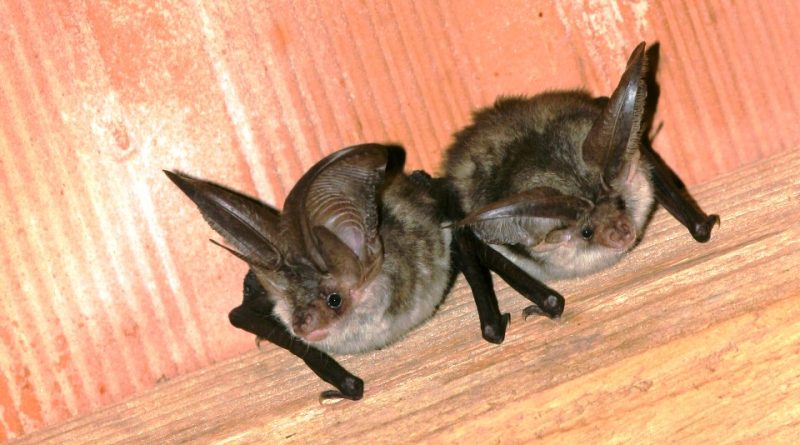Plecotus sardus
Plecotus sardus
The Sardinian long-eared bat (Plecotus sardus Mucedda, Kiefer, Pidinchedda, & Veith, 2002) is a bat belonging to the Vespertilionidae family.
Systematic –
From a systematic point of view it belongs to:
Eukaryota domain,
Kingdom Animalia,
Phylum Chordata,
Mammalia class,
Superorder Laurasiatheria,
Order Chiroptera,
Suborder Microchiroptera,
Family Vespertilionidae,
Subfamily Vespertilioninae,
Genus Plecotus,
Species P. sardus.
Geographic Distribution and Habitat –
The Plecotus sardus is an endemic bat of Sardinia and is found only in three locations in central Sardinia: in some caves near Baunei in the province of Nuoro, Oliena in the province of Nuoro and near Lake Omodeo, in the municipality of Ula Tirso, in the province of Oristano.
Its habitat is that of the woods in karst areas at low altitude and near the coast where it takes refuge in natural caves, underground cavities and dark attics.

Description –
The Plecotus sardus is a small bat, with a total length of the head and body of 45 mm, for a weight that can reach approximately 9.5 g.
The forearm is between 41 and 42 mm long, the tail approximately 51 mm, the foot between 6.8 and 7.7 mm and the ears between 37.5 and 39 mm.
It has long, fine and woolly fur.
The dorsal parts are greyish-brown in color with the dark brown base of the hairs and the whitish central part, while the ventral parts are whitish or light brown with the darker base of the hairs.
The muzzle is conical, with a round pad on the chin.
The ears are huge, oval and joined on the forehead by a thin skin membrane. The tragus is about half the length of the auricle, tapered and with a blunt end.
The wing membranes are brown and attached posteriorly to the base of the fifth toe.
The tip of the long tail extends slightly beyond the broad uropatagium. The calcar is long, slightly curved and with a small terminal lobe.
The penis is cylindrical and with a pointed end, while the penile bone is short and Y-shaped. These last two characteristics are diagnostic in distinguishing it from other sympatric forms.
Biology –
The reproduction of Plecotus sardus is not yet well known. Its reproductive behavior has not yet been studied in depth and, however, it could be similar to P. auritus.
Ecological Role –
The Plecotus sardus is a bat was discovered in 2002 in the caves of central Sardinia, in a cave in the Lanaitto Valley in the municipality of Oliena. It appears to be closely related to Plecotus auritus and Plecotus macrobullaris. It was identified as a new species by a study that clearly shows divergence from other Plecotus species in its mitochondrial 16S rRNA gene.
It is currently known only in the three caves in which it takes refuge. Two of these are located in the Gennargentu National Park and one near the coast. It hunts in forests and the threats it faces include habitat loss and disturbance from tourism. With a small total population and declining population trend, the International Union for Conservation of Nature considers it a “critically endangered species.” This bat is the only surviving endemic mammal found on the island of Sardinia, the others have all become extinct since the arrival of man around 8500 years ago.
It is a sedentary species that feeds on insects.
Unfortunately, as mentioned above, it is a species in serious danger of extinction, so much so that the IUCN Red List, considering the limited range, the probably small population and the declining quality of its habitat, classifies P. sardus as a vulnerable species (VU) .
Furthermore, at the date of this publication it is not included in European laws or conventions, but being a restricted range endemism it certainly requires particular attention.
Guido Bissanti
Sources
– Wikipedia, the free encyclopedia.
– GBIF, the Global Biodiversity Information Facility.
– Gordon Corbet, Denys Ovenden, 2012. Guide to the mammals of Europe. Franco Muzzio Editore.
– John Woodward, Kim Dennis-Bryan, 2018. The great encyclopedia of animals. Gribaudo Publisher.
Photo source:
– https://inaturalist-open-data.s3.amazonaws.com/photos/253131214/original.jpeg

